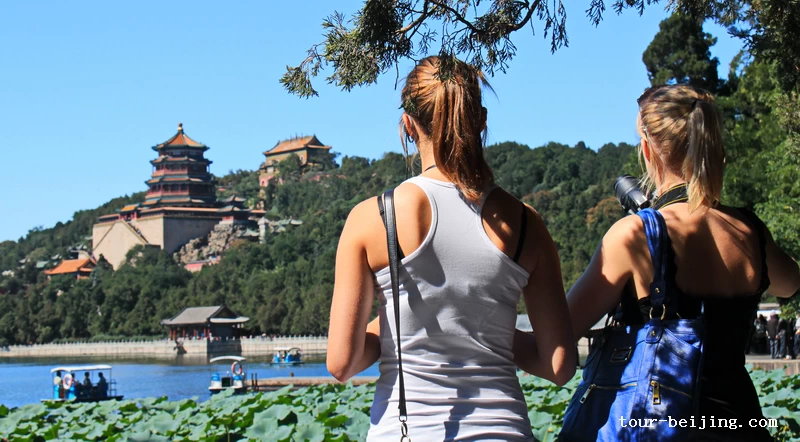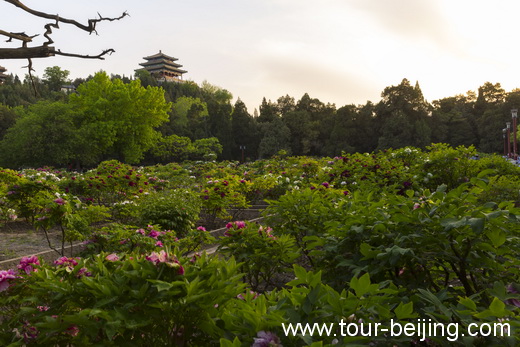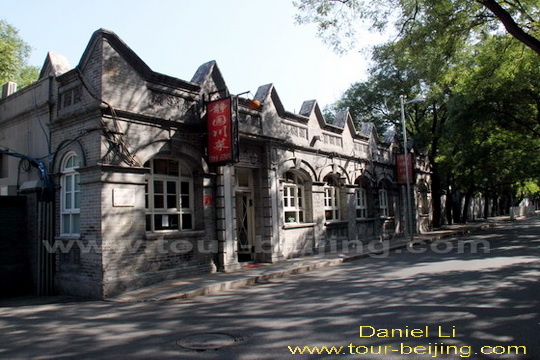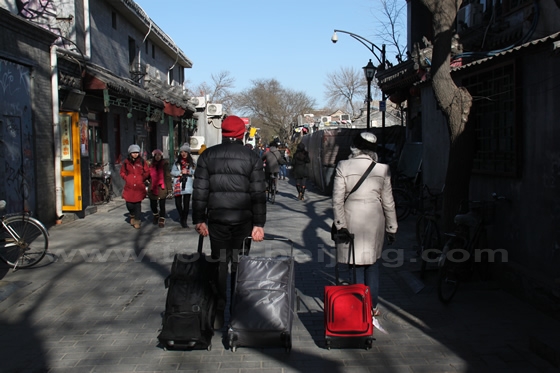Ming Tombs Carry Important History of China’s Ancient Past
A little more than 28 miles from the city of Beijing lies a valley that is located on the southern foot of a mountain called Tianshou, which when translated from Chinese means longevity of heaven. This valley is the resting place of the 13 of the 16 emperors in Ming Dynasty (1368-1644) all of whose tombs have been built there. In 2000, the site of Ming Tombs was listed as World Cuktural Heritage.
Formally known as Ming Tombs, the tombs were built on a large scale and it is said that all of them are of the size of palaces. Along with the kings, these tombs also house 23 empresses, 2 princes, over 30 concubines and one eunuch, which ensure that the souls of the kings are not deprived of anything in the afterlife.
The Enigma of the Ming Tombs:
Study abroad travels and gap year programs would take one to places in China which have historical importance and also exhibit the majestic splendor of the erstwhile Chinese rulers. Amongst the many historical monuments that are its heritage, the Ming Tombs are one of the older ones. These tombs are the last homes of 13 of the 16 Ming emperors. Needless to say, these tombs are unlike any other. They are monuments that have been built on a large scale to befit the resting place of kings.
When one is travelling in China during a Chinese language program or Chinese summer program, one would realize that most of the monuments built for emperors and kings throughout the centuries gone by have been built in mountains and valleys. The Ming tombs are not an exception. They lie in a broad valley which is almost 28 miles from Beijing City. The valley lies in a part of the Yanshan Range which breaks off and forms a natural gateway to a large basin. It is in this area that these tombs have been built.
The tombs reaffirm the belief of the Chinese in life after death. According to the legends, the soul of a king would remain alive even after death and hence has needs like those of humans. These tombs have been created to accommodate all the luxuries that the kings were meant to have after “passing on”, and each of the tombs looks like a palace of royalty.
All of these tombs have been built over a period of almost three hundred years. The construction of the first one started in 1368 and the construction of the last one ended in 1644. Apart from the 13 kings of the Ming dynasty, these tombs also house 23 empresses and more than a dozen immolated imperial concubines.
The 13 imperial tombs are dotted on the east, north and west at the foot of Tianshou Mountain of Yanshan Range. Each tomb is a grand compound of China’s Architecture.
Out of all the tombs, two are open to visitors and most popular as well. Changling Mausoleum, the first tomb, is that of the third Ming emperor – Emperor Yongle (1402–1424), who located this place and decided that it would be his final resting place. The emperor had moved out of Beijing to live at this place as well. Changling is the largest tomb of all the 13 Ming Tombs. Changling is not excavated. But its grand hall on the ground is worth visiting.
A panoramic viewof Changling Mausoleum
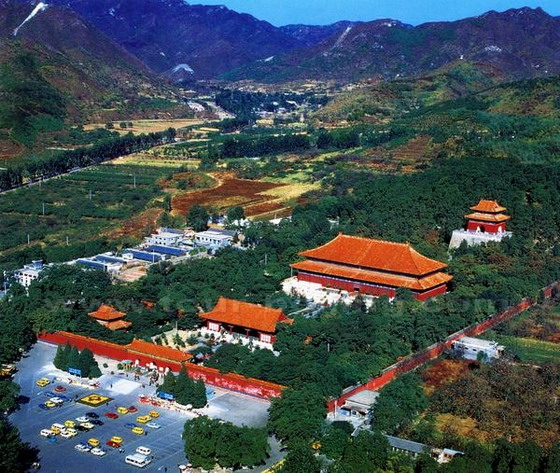
Dinggling Mausoleum, one of the tombs at the Ming Dynasty Tombs site, is the burial site of the Wanli Emperor (the thirteenth emperor in Ming Dynasty). It is the only one of the Ming Dynasty Tombs to have been excavated. It is known that the rest of the tombs are there throughout the valley but not everything is known about them. This adds an aura of mystery and enigma to the whole location. Dingling Tomb is the most visited tomb with its underground palaces open to visitors.
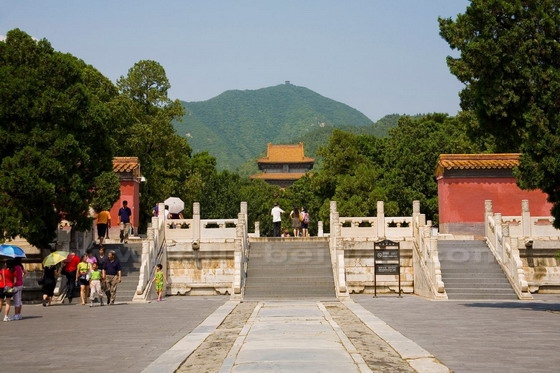
Coffins in the underground palace at Dingling Mausoleum
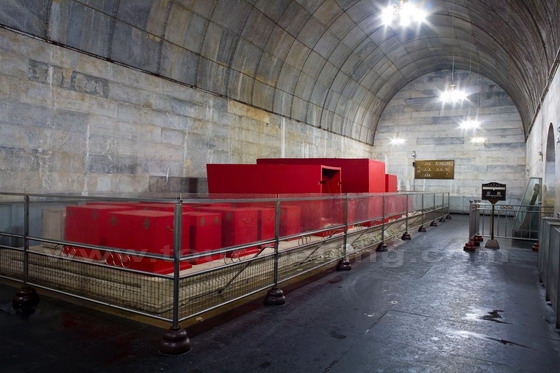
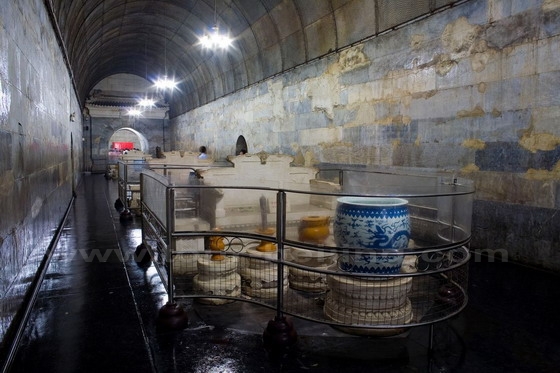
Have a close look at the throne in the chamber of the underground palace at Dingling Mausoleum.
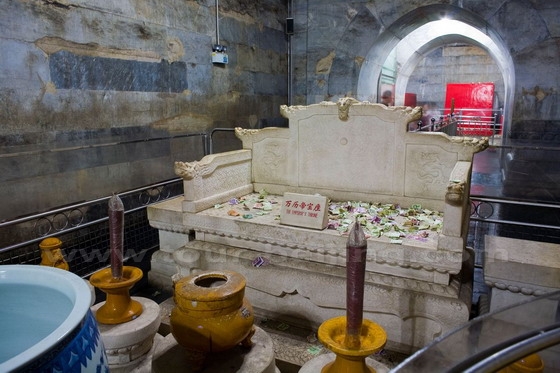
The Ming tombs are important historical relics and the government of China has ensured that all efforts are made to keep them preserved. They are almost always listed on the itinerary of Chinese language programs and summer programs for high school students. All the tombs are spread out in the valley that lies south to the Tianshou Mountain, a name which when translated from Chinese means Longevity of Heaven.
The Ming tombs offer a deep insight into the lifestyle of the Ming emperors and are one of the pivotal historical sites in China.
Tip: Hassle-free Beijing Guided Tours
If you don’t want to go the do-it-yourself route and prefer the hassle-free escorted tours, here are some options for Beijing guided tours:
Beijing Day Tour
Beijing Tour Packages
Great Wall Tour
Beijing City Tour
Beijing Winter Tour
Beijing Autumn Tour
Car Rental in Beijing
Beijing Tours
China City Tours
China Tour
Further Readings
Best Time to Visit Beijing
How to plan a trip to Beijing
Top 10 Attractions in Beijing
How to Visit Forbidden City
How to Visit Temple of Heaven
How to Visit Summer Palace
How to Visit Ming Tombs
How to Visit the Great Wall of China
How to Visit Tiananmen Square
How to Visit Hutongs
How to Visit Olympic Sites
Top 10 Markets in Beijing
Top 10 Shopping Malls in Beijing
Beijing Shopping
Wangfujing Walking Street
Qianmen Commercial Street
Gui Jie ( Ghost Street) Food Street
Any questions, just drop a line.






